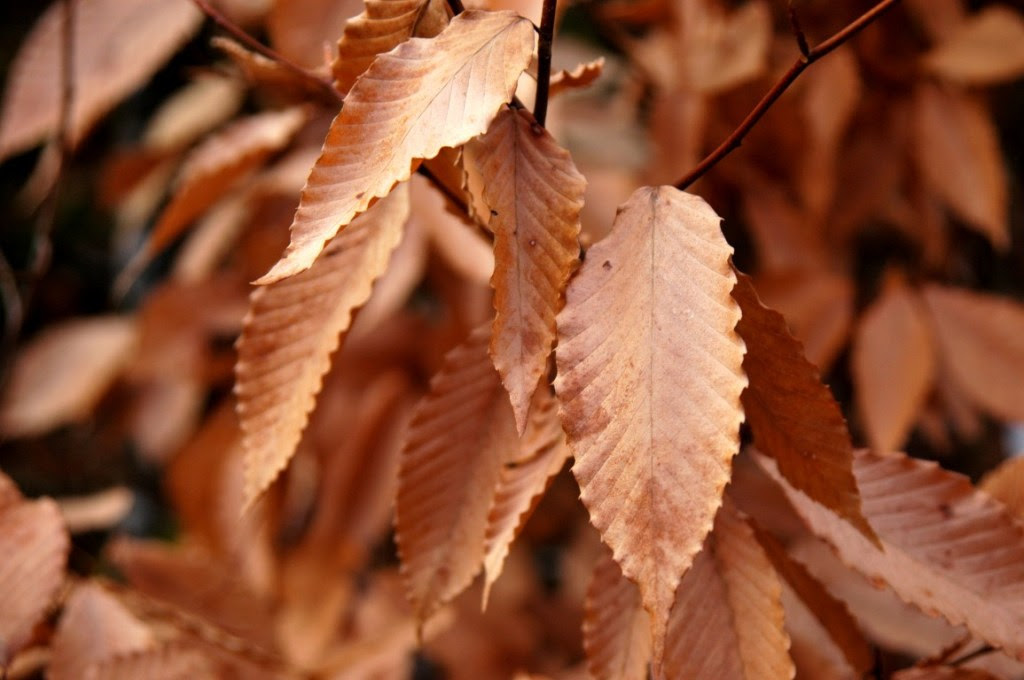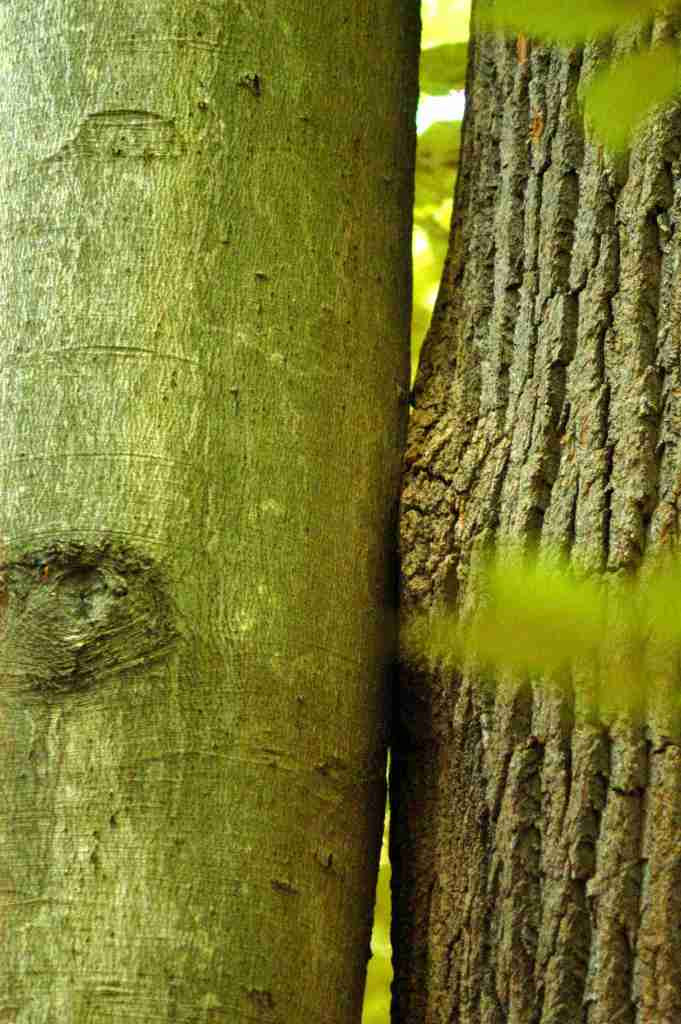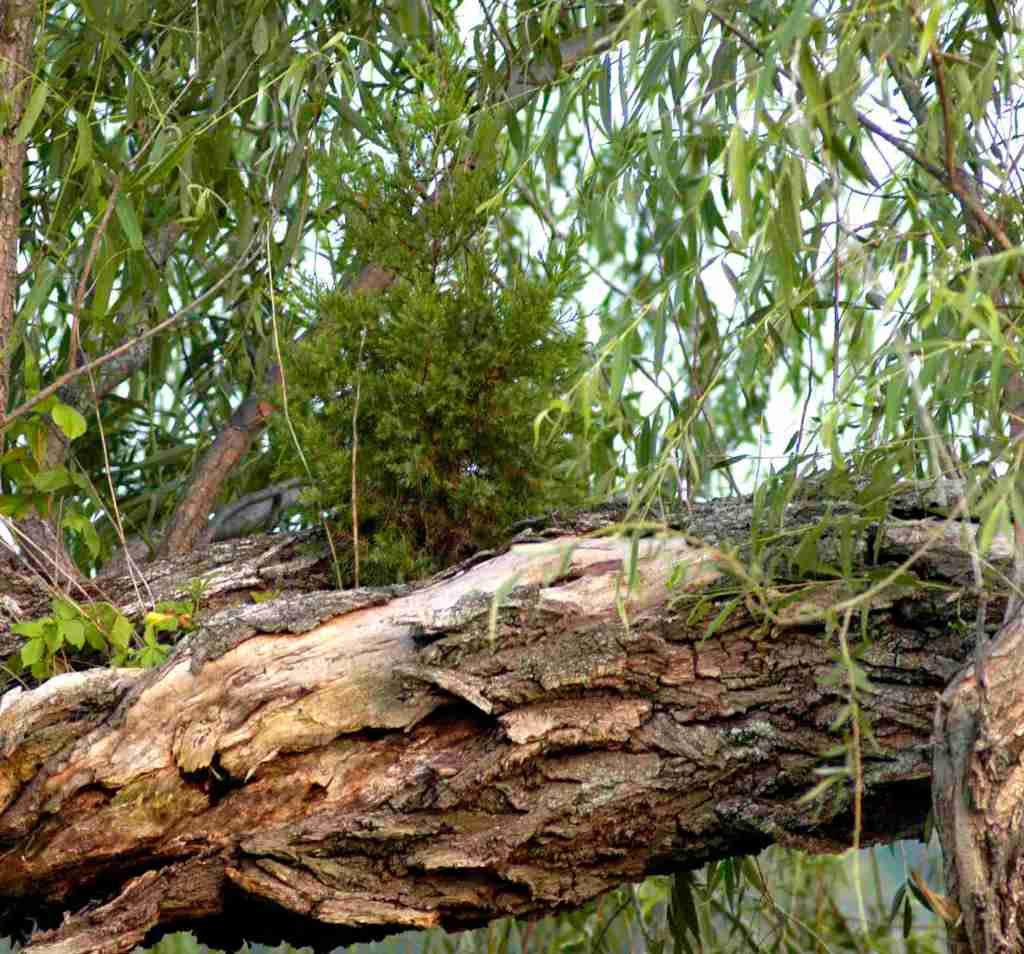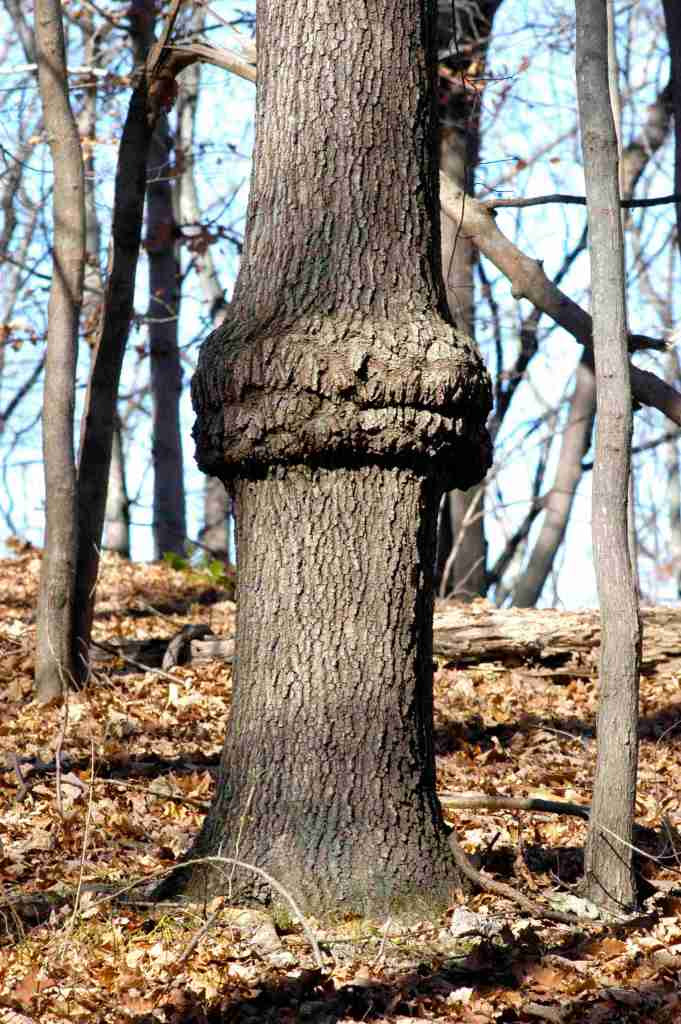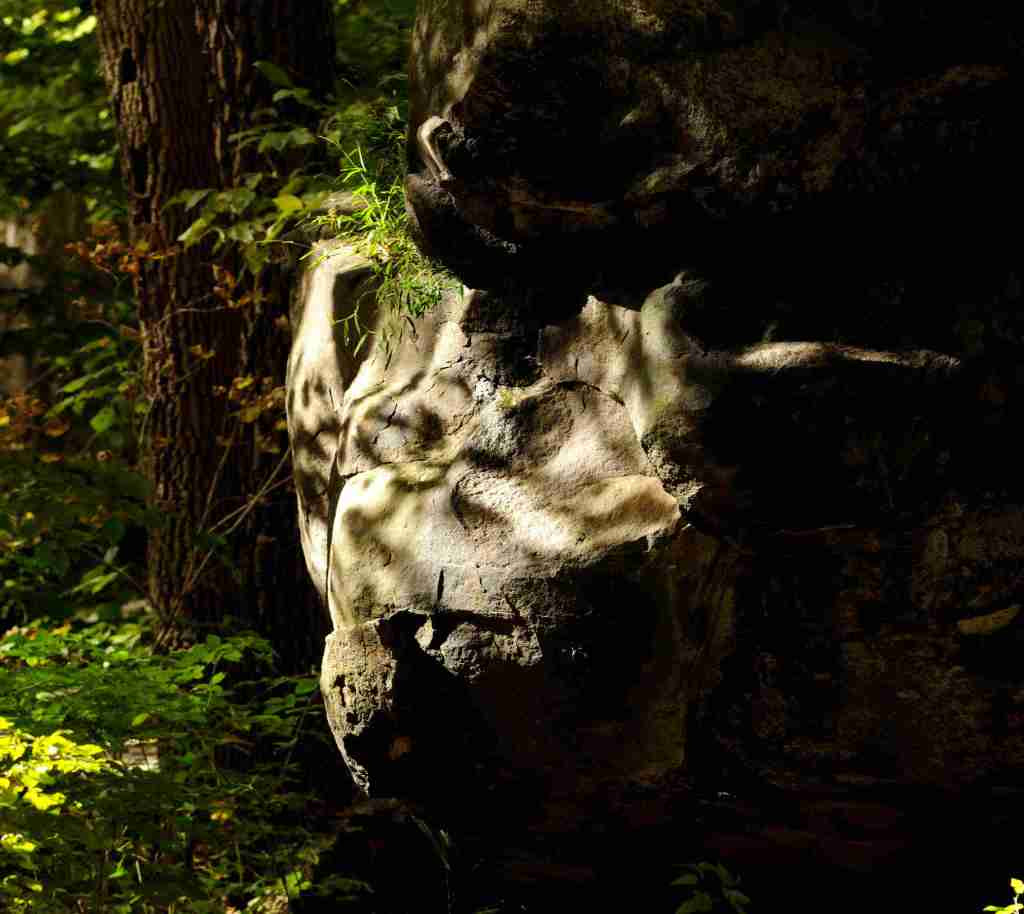Stroll in the November Woods
Essay and photos by Joe Mish
Champagne colored grass borders the dense forest, a scene which begs the question, Who lives in these woods so well kept? Open woods, where shadows hide from the moon and dance in the cold wind.
The natural progression of fall color fades in the late November woodlands, leaving amber-tan islands of American beech groves to stand as lighted guideposts against the bare, dark brown wooded landscape.
The vast track of mature woodlands had been cut for lumber over the centuries; old property lines defined by the maturity of the trees. The major species harvested over the last century has been tulip poplar, also known as yellow poplar which grows tall and straight. Non targeted species like sugar maple, shagbark hickory, green and white ash had a chance to vie with the fast-growing prolific tulip poplars in a race for sunlight when the dense canopy was removed by timber harvesting. The sunlight also allowed understory trees and shrubs to get established and proliferate to further define natural events, timbering and property lines.
Dogwood, various viburnums like arrowwood and ninebark, spice bush and witch hazel pioneered the new sunlit spaces.
Walking through the dark pre-dawn woods, I once came across an isolated grassy patch among the tall trees which produced a loud metallic rattle as if I stepped on some long forgotten wire fencing or tripped on a baby’s toy rattle. I thought the sound to be unnatural, its source hidden in the darkness, was loud enough to startle me and betray my presence in the quiet woods. Later I identified the plant as a rattlebox, a plant known to thrive in disturbed soil and pasture edge. So here was evidence that this tall timber was once in pastureland. The rattlebox became another signpost for me as I travelled the big woods.
While the initial dark encounter with the rattlebox suggested an unnatural origin, the fresh yellow blooms of the witch hazel appearing in November surely fires the imagination as it demands an explanation easily satisfied by myth. The name, ‘witch’, is a leading clue to make a lone traveler uneasy and unsure of his path. Witch hazel a native plant, was used as a medicinal by early cultures and a dowsing rod by later generations. Drug stores like CVS still carry witch hazel, most of it produced in Connecticut by the TN Dickinson company, a family branch of the original EE Dickinson company. The small yellow blooms of witch hazel stand out a like a cluster of decorative lights to contrast against the stark bare woods. The color is bright enough to be easily seen in the dark, and moonlit nights.
Spicebush is another color bearer providing the November woods with festive red berries quickly consumed by wildlife, especially migrating birds. Spicebush is an aromatic giving off strong citrus scent and does best in damp woods as an understory species. When ruffed grouse were plentiful, I once watched a grouse hop up to grab the red berries. The energy lost did not seem worth the effort, but this grouse felt it was worth the cost. The spicebush swallowtail, promethea moth and a variety of butterflies rely on this plant, and of course humans have found many medicinal uses as well as teas and flavoring. It is always a refreshing treat to crush a leaf and enjoy its fresh scent. Spicebush is scattered beneath the tall timber taking advantage of partial sunlight to thrive and propagate using decorative seeds and spring flowers to attract wildlife and pollinators.
While poplar was the targeted species to harvest in modern times, some oaks and hickories would be selectively harvested, likely in colonial times, for furniture and farm implements. Some of the oaks and hickories showed age and size inconsistent with younger growth of the poplars, as they had no commercial value and were left standing or survived the harvesting process of giant trees crashing to the ground. Standing in isolation, few and far between, the survivors stood like giant monuments, easily identified, as if they were labeled with a street sign on a map. These outsized trees gave confidence to wayward wanderers keeping them on course in the day or in darkness.
Having been lost in the big woods, I have learned to use the natural topography, wind, sun, stars, sound and scent, plants and trees, to navigate, and eliminate the weight of worry that robs the pleasure of immersing oneself in nature. Still, the quivering call of a screech owl, the squeal of large branches kissing in the wind and shadows dancing in the moonlight, will raise the hackles on my neck and cast doubt on my confidence, though in retrospect , this is the spice that flavors the trek in November woods.
One of my favorite images, as it conjures deep thought and parallel application. In competition for sunlight this beech and yellow poplar have straight limbless trunks reaching toward the sky. The only contact they have is this butterfly kiss about 15 feet off the ground. The competition has strengthened their growth w/o hurting the other. So close together they defy the wind and reinforce each others roots inthe boulder strewn soil.
An eastern red cedar lives at the pleasure of a tattered willow 5 feet off the ground. Cedar lived for many years until the storm blew the willow over.
So much in the eastern woodlands to fire the imagination and the lessons learned from a variety tree species sharing a common ground. This should be a mandatory course in sociology!!! The Rosetta stone for civility, security, relationships, and dealing with constant change and battle scars.
Remnants of an old wire fence long forgotten, except by this tree.
What you think you see is not necessarily what actually exists. You realize how important your imagination is and how it impacts your reality. This gorilla only appears at sunset.
Author Joe Mish has been running wild in New Jersey since childhood when he found ways to escape his mother’s watchful eyes. He continues to trek the swamps, rivers and thickets seeking to share, with the residents and visitors, all of the state’s natural beauty hidden within full view. To read more of his writing and view more of his gorgeous photographs visit Winter Bear Rising, his wordpress blog. Joe’s series “Nature on the Raritan, Hidden in Plain View” runs monthly as part of the LRWP “Voices of the Watershed” series. Writing and photos used with permission from the author.


